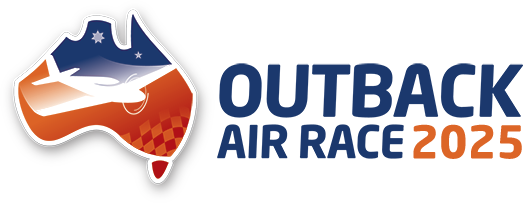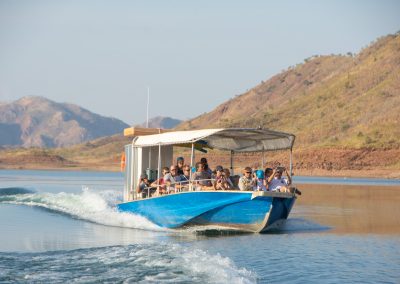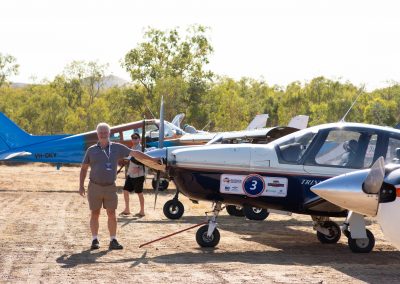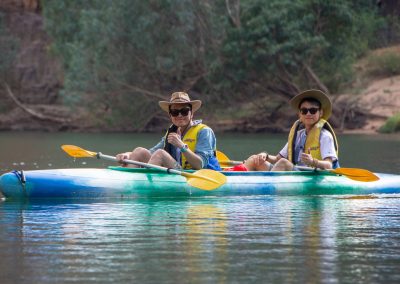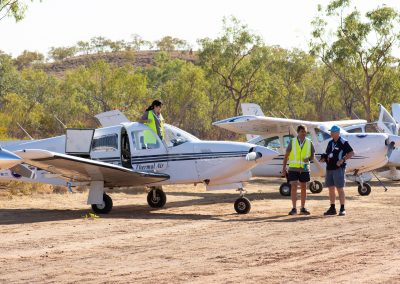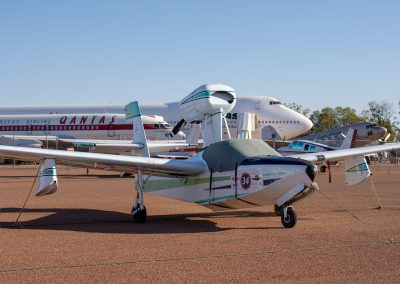About the race
Find out more about the format of the The Outback Air Race
Overview
The Outback Air Race is a time trial through the remote Australian Outback. It isn’t really a race – but it does get very competitive, although it is also a lot of fun.
Every team fundraises for the RFDS in the twelve months leading up to the race. Essentially a navigationally challenging and self funded holiday for the Pilots and teams, they get to fly to and meet people in parts of Australia that many do not get to see.
The Outback Air Race raised funds for the Royal Flying Doctor Service of Australia. Since 1996 competitors and spectators have raised almost $4 million. Funds from each race go towards outfitting RFDS aircraft with essential medical equipment, vital for treating sick and injured patients.
The Outback Air Race is held every three years.
The Concept
The event is a time trial, that allows teams to be competitive irrespective of the size or speed of their aircraft.
The race legs are scored according to the actual track recorded, based on navigational and time keeping accuracy.
Winners are awarded for each race leg, the overall event, as well as for the top fundraising team.
Safety
The organisers of the Outback Air Race include senior members of the aviation community. They ensure that safety and risk are at the forefront in the planning and execution of this event.
We are compliant with the requirements of CASA & Air Services; and work in collaboration with the RFDS.
A comprehensive risk assessment has been conducted and is regularly updated. Professional risk managers identify all credible risk scenarios and ensure plans and mitigation measures are in place.
Key controls in place to minimise risk are:
- Hazard monitoring processes, tools and training
- Incident response plan, including contact lists for all locations
- Incident response training for core committee members
- Assignment of a Race Doctor to ensure medical issues arising during the event can be dealt with expediently. Prior to the event, advice has been provided to participants on how best to mitigate pandemic risks.
- Assignment of a RACE LAME to assist with maintaining the airworthiness of all participating aircraft
- Regular chinwags that include safety topics like weather, preparatory measures, race hazards, scheduling and safety precautions
- Ongoing preparatory coordination via the OAR Flight Manager with Air Services, CASA, Military and Civilian airspace controllers, airport AROs and the JRCC to ensure preparedness for normal and possible emergency situations arising from the OAR
- Race operations including take-off slot time assignments to maximise aircraft separation and safety, provision of daily pilot briefings, Flight notes and SARTIME Management, and pre-departure check-ins with destinations
Forms and documents associated with this event include:
- Race Safety Plan
- Risk Management Plan
- Incident Response Plan
- Air Race Accidents and Incident Procedure
- OAR Pilot Declaration Form
- Aircraft Information Form (JRCC)
- Situation Report template
- Incident Action Plan template
Time Trial
Each team will provide a flight plan and race note at the beginning of each leg, complete in all details including estimated time interval for that leg. All flight plans and race notes must be handed to the race director.
The position of the pre-designated start and finish feature will be notified at or prior to the daily briefing, given as both a visual reference (eg. a bridge) and bearing/distance from the departure and arival aerodromes. Timing will commence when the aircraft is closest (horizontally) to the start point and end when the aircraft is closest (horizontally) to the finish point.
Deviation from the route will be allowed to enable teams to enjoy scenic opportunities, visit relatives, or whatever they fancy. As the race committee will be holding flight notes for search and rescue purposes, the intended route must be detailed in the flight plan of the day and Air Services Australia notified as per the A.I.P. of any diversion from the route.
For each race leg, teams will nominate an elapsed time interval and a point will be lost for every second early or late over the check point. Additionally points are lost dependent on the actual passing distance from the start or finish point.
All aircraft must cross the pre-designated feature in cruise configuration and approach the checkpoint at no more than 10nm either side of the direct track. This is a safety requirement. Under no circumstances may aircraft orbit or reverse track. Teams that do not observe this requirement may be disqualified for that leg.
